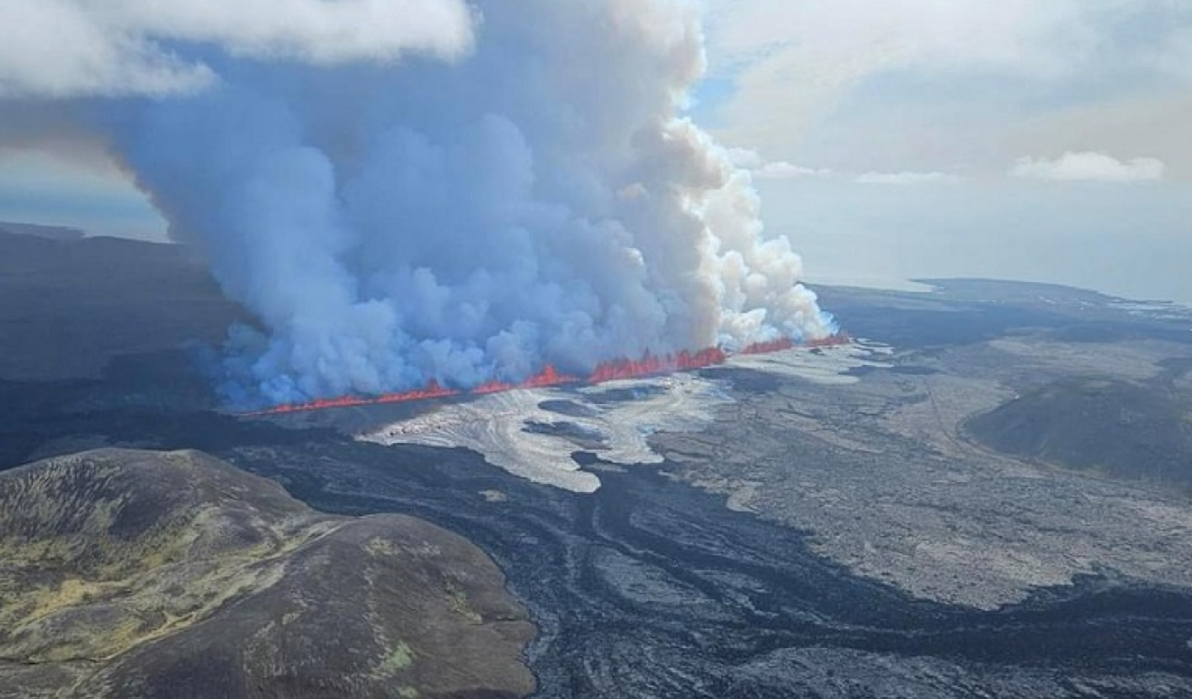

Researchers from the Hefei Institutes of Physical Science have developed a new deep learning–based algorithm capable of accurately retrieving the vertical distribution of atmospheric aerosols using hyperspectral satellite data.
A research team from the Institute of Oceanology of the Chinese Academy of Sciences (IOCAS) utilized a Stepwise Feed-Forward Neural Network (Stepwise FFNN) algorithm. They integrated observational data from the Global Ocean Data Analysis Project (GLODAP) to create a global monthly 3D gridded pH dataset spanning the past 30 years.

A research team from the Hefei Institutes of Physical Science has uncovered surprising evidence of cross-border pollution reaching the Arctic, originating from an Icelandic volcanic eruption. They used a cutting-edge combination of satellite and ground-based monitoring to track sulfur dioxide emissions from the Sundhnukagigar volcano, which erupted in 2023.
A research team led by Prof. LUAN Fubo from the Research Center for Eco-Environmental Sciences of the Chinese Academy of Sciences, has uncovered a novel mechanism involving a ternary surface complex on titanium dioxide (TiO₂) that improves the simultaneous removal of arsenic (As) and uranium (U) from contaminated groundwater.
A study conducted by researchers at the Institute of Applied Ecology has uncovered how widely used agricultural chemicals, designed to enhance fertilizer efficiency, may reshape soil microbial ecosystems, showing that urease inhibitors—chemicals added to slow the breakdown of urea fertilizers—trigger compensatory mechanisms in soil microbes.
A recent study conducted by researchers from the Institute of Applied Ecology reveals that adding nitrogen to temperate grasslands disrupts the natural balance between nitrogen and phosphorus in plants, with root systems showing a notably stronger response than aboveground organs.

86-10-68597521 (day)
86-10-68597289 (night)

52 Sanlihe Rd., Xicheng District,
Beijing, China (100864)

